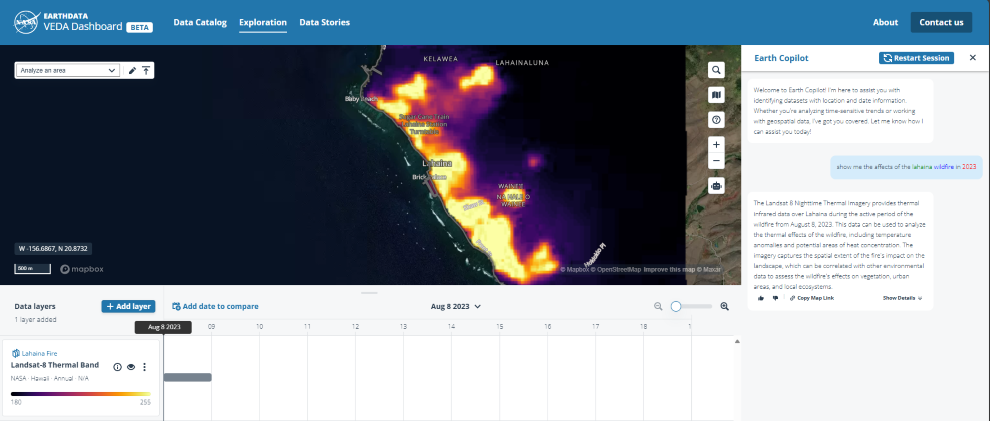The Rising Significance of APIs – Azure API Management & API Center
As we venture deeper into the digital era, APIs (Application Programming Interfaces) have become the cornerstone of modern software development and digital communication. APIs continue to be pivotal, acting as the conduits through which different systems, applications, and devices interact and exchange data. This growing reliance on APIs is reflected in the investment trends, with a significant 92% of global respondents indicating that investments in APIs will either remain steady or increase over the next year (2023 State of the API Report, Postman, 2023). Recognizing the critical role that APIs play in modern software architecture, Microsoft has been consistently investing in and expanding its API suite to fulfill diverse needs. Managing APIs is not a one-size-fits-all solution with different API ecosystems requiring different API management approaches and tools. Azure API Center, a new API Azure service, was recently announced General Availability (GA). Azure API Center is engineered to function independently, yet it seamlessly integrates with Azure API Management, providing customers options to manage various aspects of their API ecosystem.
Azure API Management: Your Gateway to Digital Transformation
Azure API Management (APIM) is a managed cloud service designed to streamline and secure the use of APIs. API Management acts as a secure front door to facilitate, manage, and analyze the interactions between an organization’s APIs and their users with some of their core functionalities listed below:
API gateway – operational management: API Management acts as a gateway, managing API exposure, security, and analytics during runtime.
Traffic routing: Acts as a facade to backend services by accepting API calls and routing them to appropriate backends.
API access: Verifies API keys and other credentials such as JWT tokens and certificates presented with requests to access APIs published through an API Management instance.
Operational stability: API Management allows you to enforce usage quotas and rate limits to manage the flow of requests to your APIs effectively to prevent API overuse. It also validates requests and responses in compliance with the specification – e.g., JSON and XML validation, validation of headers and query params.
Request transformation: The rich policy engine of API Management allows you to modify incoming and outgoing requests to your needs with more than 60 built-in policies and the option to build your own custom policies.
API logging: API Management provides the capability to emit logs, metrics, and traces, which are essential for monitoring, reporting, and troubleshooting your APIs.
Self-hosted gateway: API Management also offers self-hosted gateway capabilities, a containerized version of the default managed gateway to place your gateways in the same environments where you host your APIs.
Developer Portal: API Management features a developer portal, which can be generated automatically and is a fully customizable website with the documentation of your APIs. It facilitates API discovery, testing, and consumption by internal and external developers.
Azure API Center: Your Inventory for API Lifecycle Management
API inventory management: API Center allows you to register all your organization’s APIs in a centralized inventory, regardless of their type, lifecycle stage, or deployment location, for better tracking and accessibility.
Tackling API sprawl: APIs’ runtime might be managed in multiple different API Management services, multiple different API gateways from different vendors, or are unmanaged at all. Azure API Center allows you to develop and maintain a structured API inventory.
Holistic API view: While API Management excels in runtime API mediation, its inventory management capabilities are limited to the types of APIs that are supported at runtime and to the versions that are actively managed in runtime. Azure API Center supports any kind of API types, such as AsyncAPIs, and you can easily track APIs across different deployment environments.
Real-world API representation: You can add detailed information about each API, including versions, definitions, custom metadata, and associate them with deployment environments (e.g. Dev, Test, Production).
API governance: Azure API Center provides tools to organize and filter APIs using metadata, set up linting and analysis to check API design consistency for better conformance on API style guidelines. Additionally, shift-left API compliance to API teams to ensure that developers can more productively and efficiently create compliant APIs.
API discovery and reuse: It enables internal developers and API program managers to discover APIs through the Azure portal, an API Center portal, and developer tools, including a Visual Studio Code extension.
Navigating Your API Ecosystem – Example Scenarios for Azure API Center and API Management
Azure API Management is geared towards runtime API governance and observability, focusing on the operational aspects of API management, such as securing, publishing, and analyzing APIs in use.
Azure API Center, in contrast, is tailored for design-time API governance, helping organizations to maintain a structured inventory of all APIs for better discovery and governance.
Note: The following scenarios are not mutually exclusive. They have been separated for better display and clarity.
Azure API Center and API Management Workspaces
Azure API Center will continue to improve the management of APIs across different API Managment services, as organizations…
have APIM services across environments, for example, dev, test, and prod.
have more than one production APIM service in their company.
have APIm platforms from multiple vendors.
Conclusion
Microsoft Tech Community – Latest Blogs –Read More












